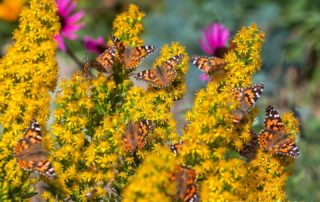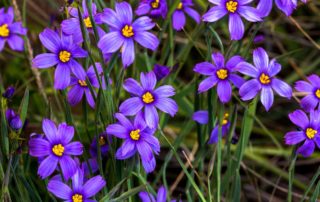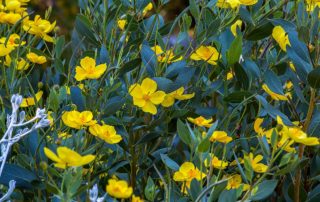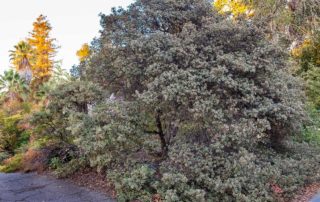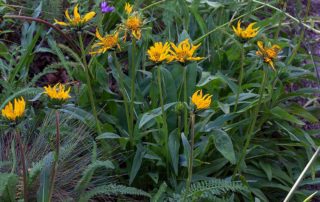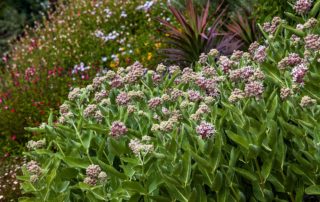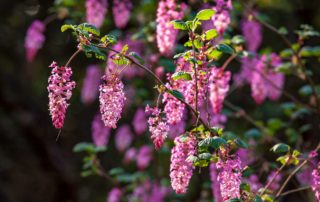Solidago
If you're looking for a perennial that feeds many butterflies, birds, and bees and serves as a host plant for many caterpillars, you can't do much better than a native solidago. With one or more species native to every state in the United States and much of Canada, the genus is high on the list of "keystone" plants for every ecoregion in North America. Painted lady (Vanessa cardui) butterflies on solidago With the common name of goldenrod, solidagos could be confused with half a dozen other plants that share the name but do not have the same stellar


